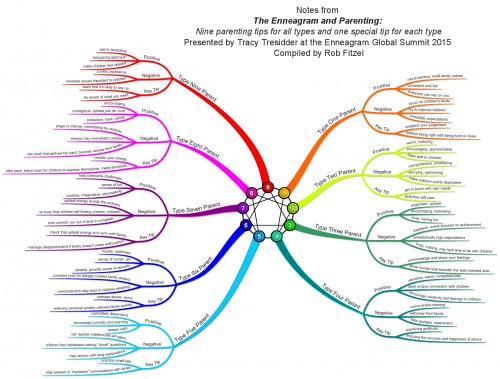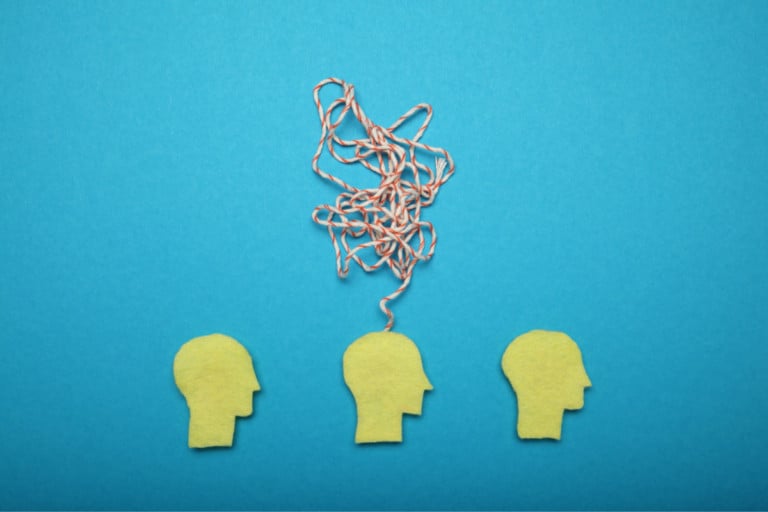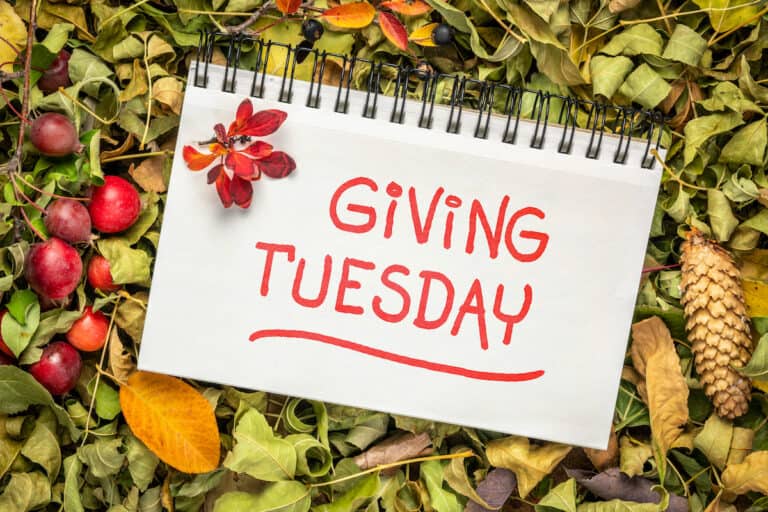The Enneagram and Family: Maximize the Moments

The Enneagram has been growing in popularity, but what’s it all about? And how does the Enneagram apply to your family relationships? We’re glad you asked…
What Is the Enneagram?
The Enneagram personality assessment comes from the Greek word that literally means a 9-sided object. And not surprisingly, it offers nine different personality types categorized by your motivation. With the Enneagram, it’s important to remember that it’s your motivation, not your actual behavior that really matters. So, even though three people might run a marathon, somebody who’s a Type 1 might do so to get in better shape and improve themselves, whereas somebody who’s a Type 2 might enjoy the social aspect of running, and somebody who’s a Type 3 might do so for the joy of competition or prestige associated with running the race, and so on.
The concept of a personality type and personality tests goes as far back to Plato. But what makes the Enneagram unique, beyond focusing on one’s motivation, is the way it helps explain how people respond differently when they’re the best version of themselves, versus under extreme stress.
So it can be an especially useful tool explaining why people act differently under stress than they do in happier circumstances, especially in therapy or psychotherapy sessions. Within the family context, it might also illuminate a child’s behavior to their parents in a different way.
What Are the Different Enneagram Types?
You can read many more thorough analyses here, but here are the nine types at a glance.
- Type 1: “The Perfectionist” or “The Advocate“- Ones love to do things well. They care about the details and have a strong sense of what’s right and wrong, and the way things should be done.
- Type 2: “The Helper“. Twos really value people and relationships and go out of their way to make sure everyone feels loved and included. They’re usually excellent at reading emotion.
- Type 3: “The Challenger” or “Achiever”. Threes love to be admired and for their work to have meaning. They’re very adaptable and able to quickly size up new people and situations.
- Type 4: “The Individualist” If you’re a Type 4, you may have a deep longing to feel special and to differentiate themselves from the crowd. They are often great artists and writers, as they have rich imaginations.
- Type 5: “The Investigator” Type 5’s are excellent strategizers and deep thinkers. Their minds are always working, and pursue their interests with great intensity.
- Type 6: “The Loyalist“. Experts estimate that about half of us identify as a Type 6. Sixes value security and order and are often very community-oriented.
- Type 7: “The Enthusiast“. Sevens love spontaneity and new adventures. They’re always bringing fresh energy and ideas to situations, and are easily adaptable.
- Type 8: “The Leader“. Eights know what they want, and how to get it. They’re one of the stronger types and are great at getting the job done.
- Type 9: “The Peacemaker“. Nines are at the top of the Enneagram graphic because they’re great at seeing the world through the eyes of others.
How Do I Figure Out My Enneagram Number?
Some people might identify with one of the Enneagram types as soon as they hear the description. Others might need to read up on it for weeks or months or even attend a workshop before really figuring it all out. There are several internet quizzes you can take to narrow down the top two or three Enneagram types that resonate the most with you, but they can be more of a starting point.
Even though the Enneagram by definition only has nine sides, it’s not like nine colors in a box of crayons. It’s more like an infinite array of shades of the same color family. Even within one number, you could have characteristics or wings that might line up more closely with the numbers to the right and left of you, which creates twenty-seven subcategories right off the bat, and then the number continues to divide.
But instead of letting this complexity create an obstacle to understanding, it’s better to start in smaller chunks, and then go from there.
Enneagram and Family
As tempting as it may be to start psychoanalyzing your partner or all of your friends and family members, resist the urge! Remember, the Enneagram is primarily about your motivation, NOT your actions. Granted, most of the time, you can get a very strong idea of a person’s Enneagram number, but it’s not always the case.
Nonetheless, many couples enjoy using the Enneagram as a way to foster improvement in their communication style, as they can better understand each other’s emotions. It can be a great tool to increase empathy in your marriage and other relationships, as you see that not everyone views the world as you do. You might even feel like they’re living on a different planet! Also, not everyone takes pleasure in the same things that might bring you joy. And that’s okay!

Enneagram and Family: Parenting
While children can align with different numbers on the Enneagram, parents and adult family members should resist the urge to label children. The human body changes substantially as we grow up. So even though your child who follows every rule and cares deeply about being perfectly clean and tidy may very well be a Type 1, let him have the freedom to develop and find his own path. Our temperament might change over time, which is all part of growing up!
But there are ways understanding our strengths and weaknesses (whether we figure them out through the Enneagram or school of life) can help us with parenting and improving parent-child relationships. For example, I am a Type 3, and for better or worse, I can occasionally have a fairly achievement-oriented personality. Understanding this characteristic has made me more patient with my kids, and better able to recognize what really matters to and motivates them since none of my three have a similar personality.
Enneagram and Family: Where Do We Go from Here?
As with most of these analyses, applying the Enneagram is all about balance. It’s a myth to think that we’ll be able to understand our persona using a 5-minute personality quiz. And that’s okay!
The Enneagram analysis shouldn’t be one that fuels anxiety if you can’t understand anything right away. It may not provide the soul or spiritual direction you’re seeking, but it might help you understand yourself and others a little better.





